Interlaken, Switzerland souvenir ceramic mug (2022): 6,151 ppm Lead on the interior food surface.
Published: December 18, 2022 – Sunday
I purchased this at a souvenir shop in Switzerland (November 2022) — following a long group discussion/collective speculative inquiry with my kids about which souvenirs were likely to be Leaded and which were likely to be Lead-free [it’s a strange “game” of educated-guessing we sometimes play for dark “fun” with our family in such places!]. Since this mug specifically had “Interlaken” embossed on the outside, along with a graphic with images from the region (the mountains and buildings) it seemed like a good one to purchase for testing — as it was easily identifiable as being a souvenir from this area. It cost five Swiss francs [a little more than $5.00 U.S.].
It unfortunately broke in my luggage on the way home — so the photos are of what I had left of this broken mug. I also included photos of the packaging below. It’s actually useful that it broke on the way home, because that made it super-easy to test the cream-colored interior glaze (which I wouldn’t have had access to with the XRF instrument, had the mug not been broken)!
What these XRF readings demonstrate [yet again, as with so many previous souvenir dishwhare examples I have tested], is that souvenirs are often Leaded. Souvenir dishes (from any country) are much less likely to be in compliance with any regulations for toxicants (or to have gone through ANY regulatory testing that one might normally expect for dishware) simply because they are not considered to be “functional” dishware (because they are considered somehow magically-exempt as “souvenirs” because they are sold inexpensively in a souvenir shop). As a takeaway, I would definitely consider choosing souvenirs that don’t fall in the ‘dishware” or “mug” category when visiting ANYWHERE — including ANY state in the United States AND any foreign country.
For context (for those new here): How much Lead is “too much” Lead?
There are no regulatory limits for total XRF-detectable Lead content in consumer goods made for use by adults. For this reason I often cite the only relevant regulatory standard which is the standard limiting XRF-detectable Lead in items intended explicitly for use by children. The limit for total Lead content in the surface coating (including the paint or glaze) of an item intended for use by children is 90 ppm Lead. What this means is that any coating (or paint or glaze on the surface of an item) that tests positive for Lead at levels of 90 ppm or higher is considered illegal if that item is intended for use by children. Given this is the standard that is most protective of human health AND given the fact that children also use dishware, I use this 90 ppm threshold / limit as a guideline for all things that I test. If an item is positive for Lead at levels of 90 ppm or higher it should not be used by children [and adults should also seriously consider the potential risk given how that item might be used — like, in this case, as a vessel that might actually be pressed into service sometime for holding a beverage — which might present an ingestion hazard].
Given the very high levels — ON THE INTERIOR FOOD SURFACE — and the fact that this particular item is a coffee mug, and coffee is acidic (and glazes wear over time) I would not, under any circumstances, consider this mug safe for food-use [especially given the fact that it was sold as a “souvenir” — and as such was likely exempt from even any leach-testing requirement (which it would have most likely FAILED)!]. You can read more about the concern for leaded glazes on ceramics in this article.
XRF test results for the mug pictured
60-second test – cream interior of mug
- Lead (Pb): 6,151 +/- 143 ppm
- Cadmium (Cd): non-detect
- Tin (Sn): non-detect
- Mercury (Hg): non-detect
- Selenium (Se): non-detect
- Barium (Ba): 298 +/- 35 ppm
- Chromium (Cr): non-detect
- Antimony (Sb): non-detect
- Zinc (Zn): 344 +/- 31 ppm
- Titanium (Ti): 3,095 +/- 1,301 ppm
- Zirconium (Zr): 357 +/- 14 ppm
- Indium (In): 12 +/- 7 ppm
- Iron (Fe): 1,107 +/- 141 ppm
- Bismuth (Bi): 71 +/- 21 ppm
- No other metals detected in consumer goods mode.
XRF test results for the mug pictured
30-second test – brown exterior of mug
- Lead (Pb): 5,233 +/- 172 ppm
- Cadmium (Cd): non-detect
- Tin (Sn): non-detect
- Mercury (Hg): non-detect
- Selenium (Se): non-detect
- Barium (Ba): 308 +/- 48 ppm
- Chromium (Cr): non-detect
- Antimony (Sb): non-detect
- Zinc (Zn): 1,833 +/- 102 ppm
- Titanium (Ti): 2,731 +/- 1,745 ppm
- Zirconium (Zr): 387 +/- 20 ppm
- Iron (Fe): 2,600 +/- 257 ppm
- Bismuth (Bi): 44 +/- 27 ppm
- No other metals detected in consumer goods mode.
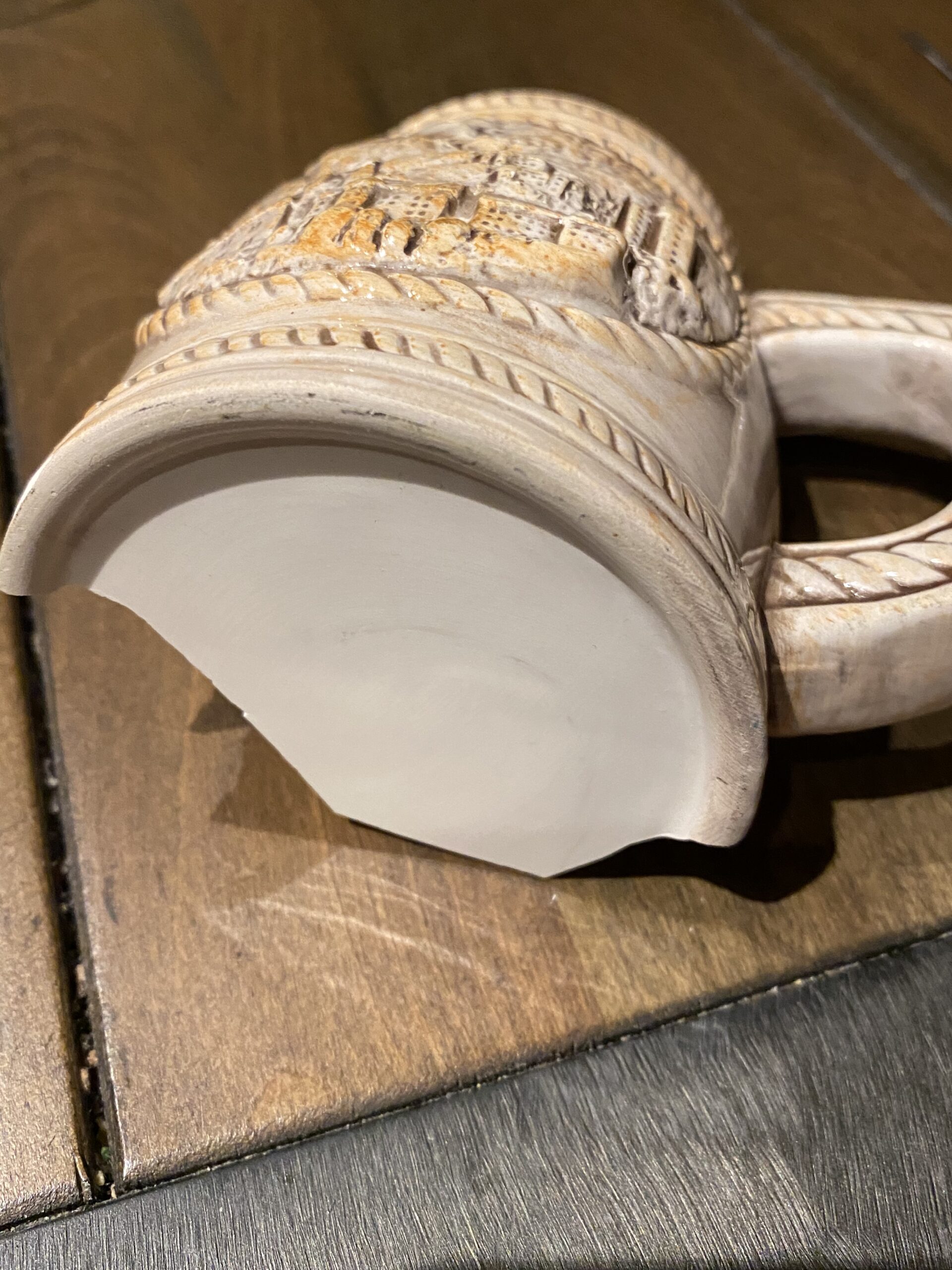
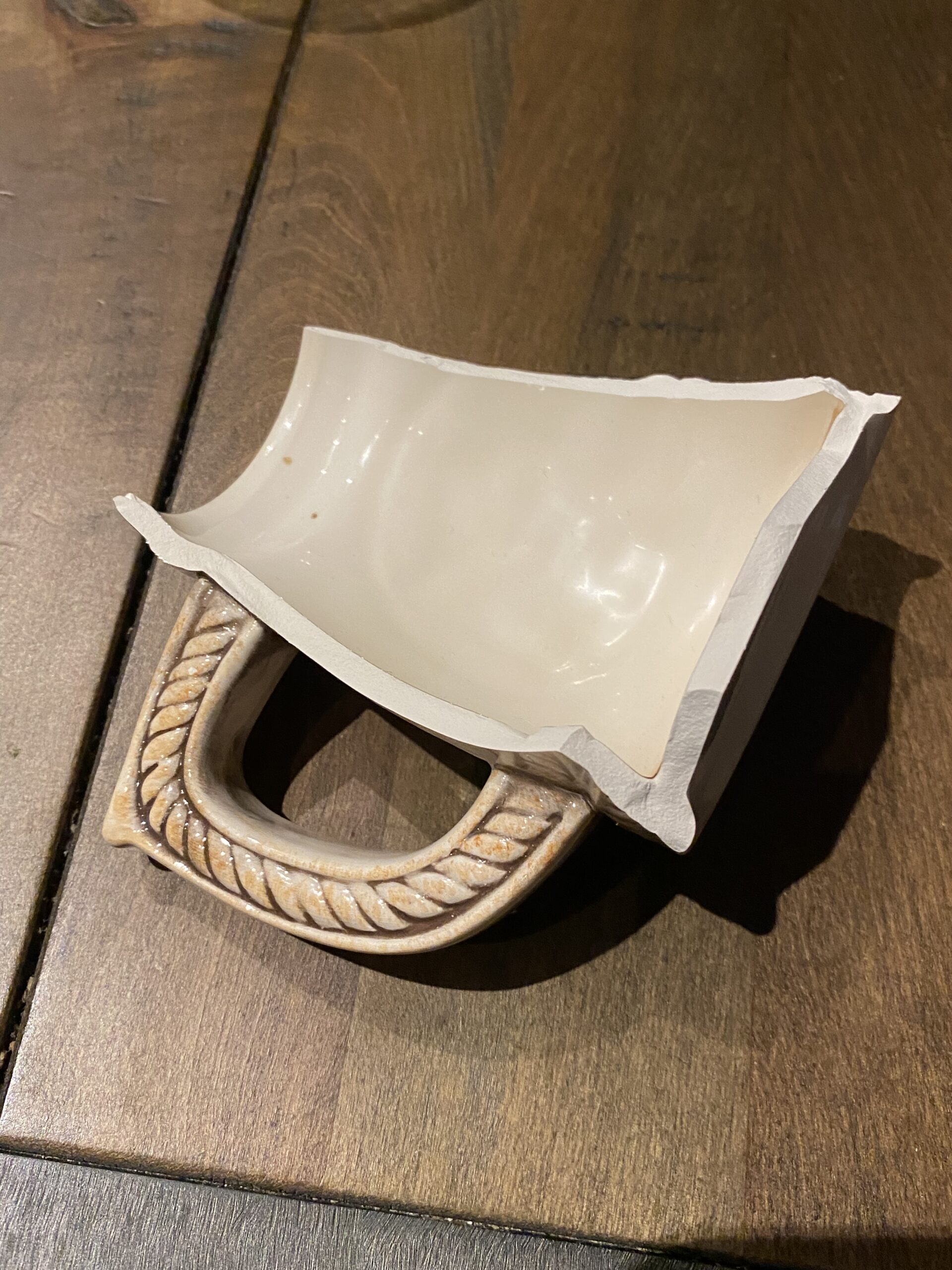
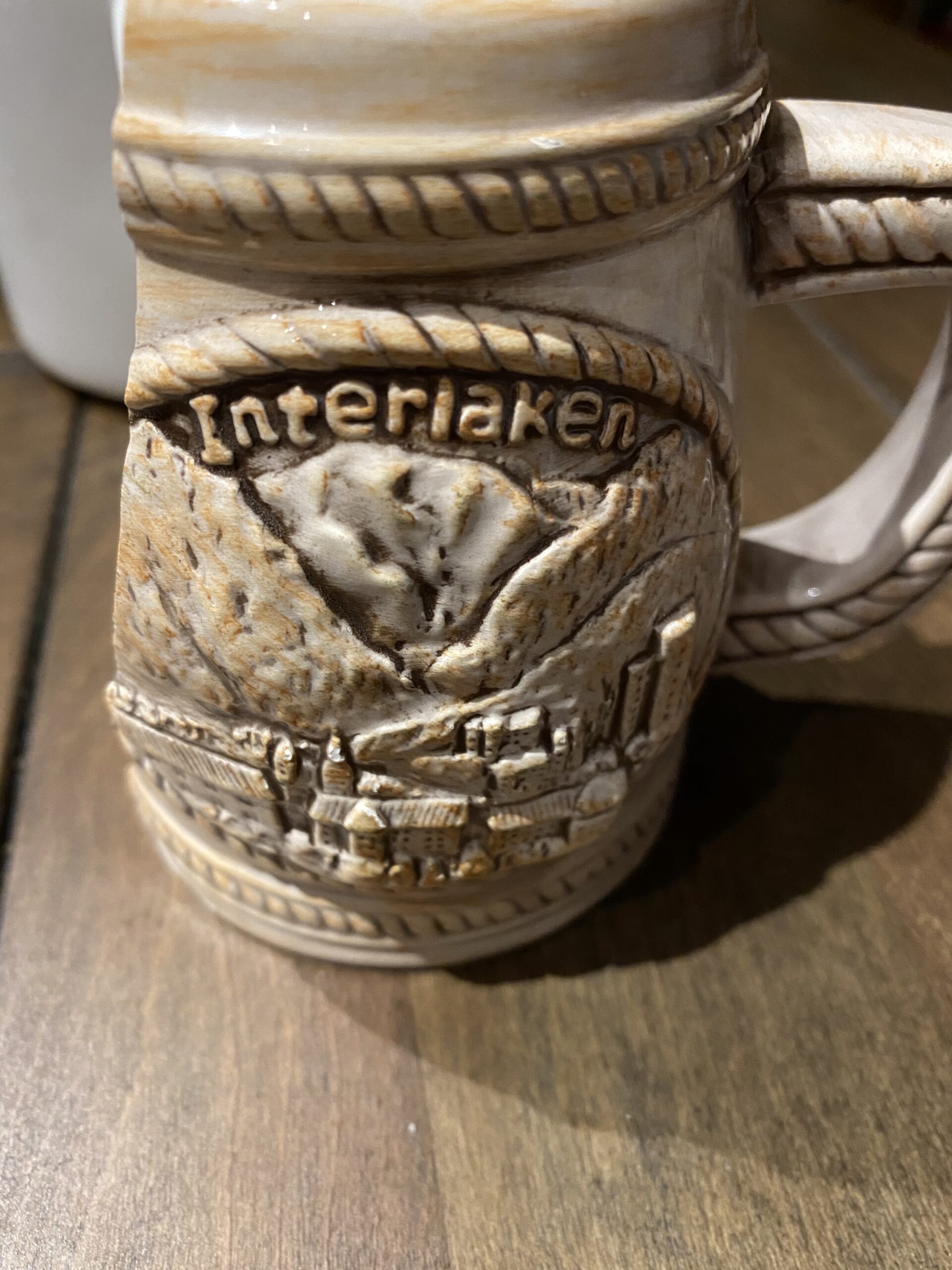
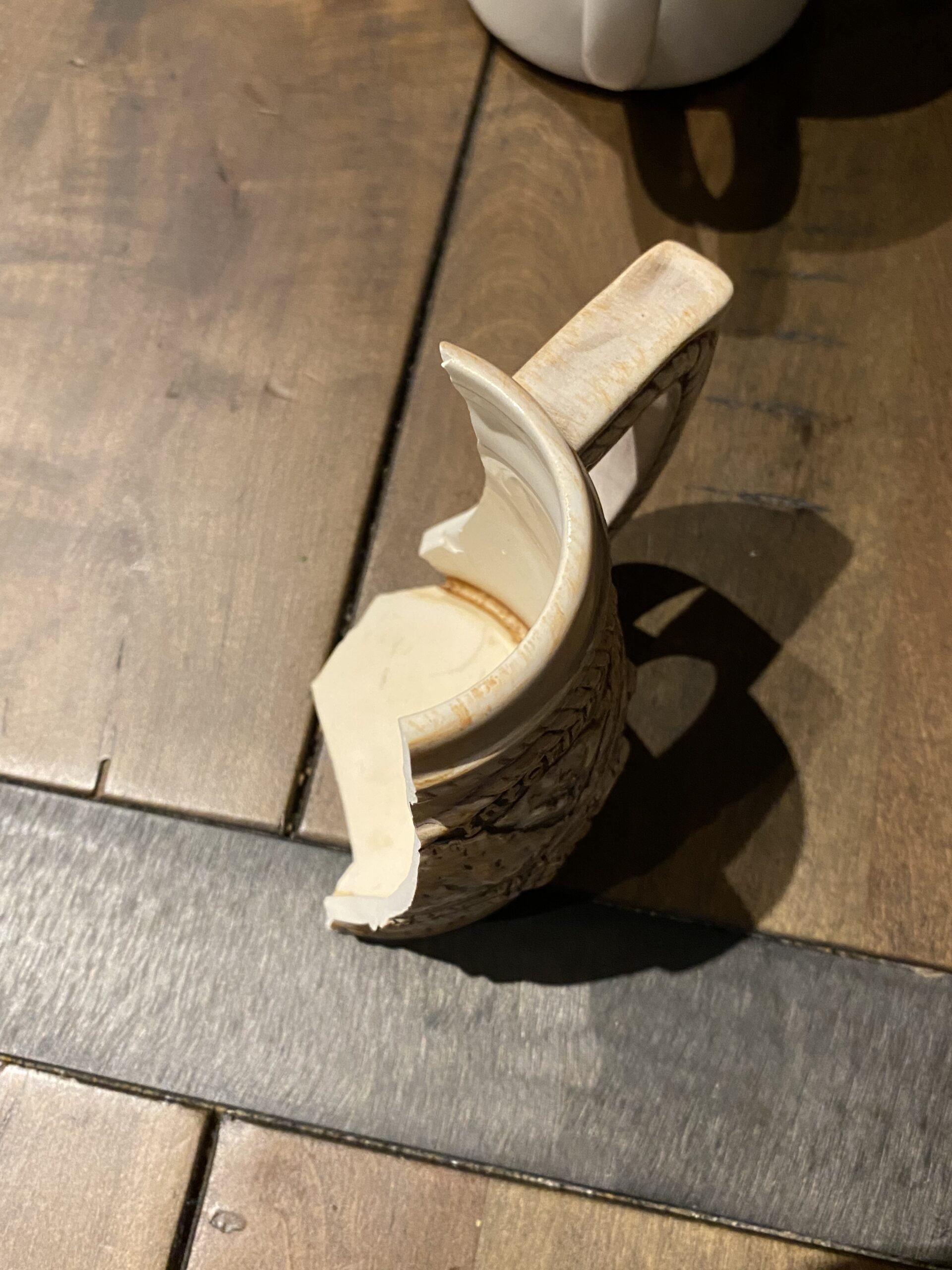
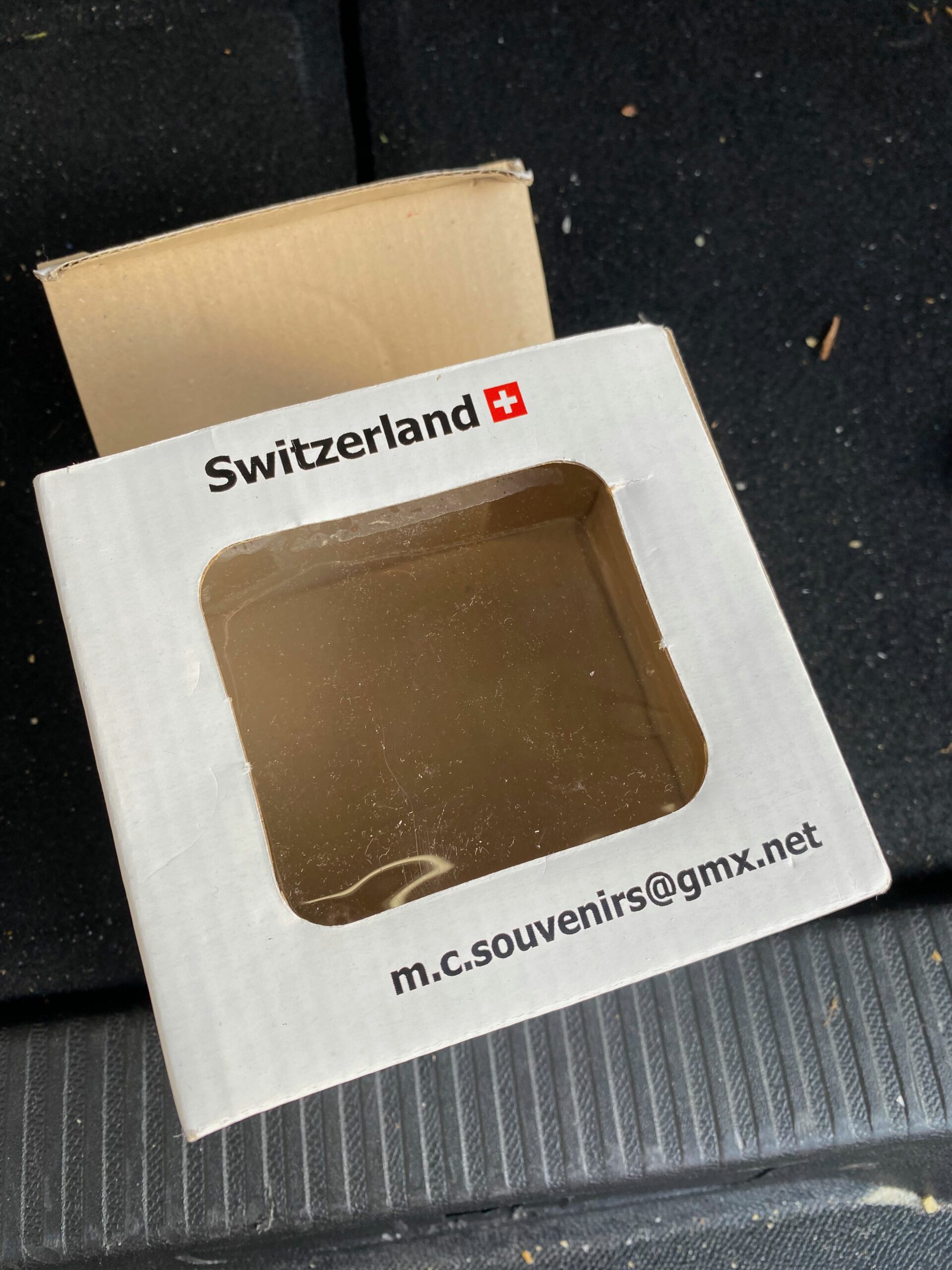
For those new to this website
Tamara Rubin is a Federal-award-winning independent advocate for consumer goods safety, and a documentary filmmaker. She is also a mother of Lead-poisoned children. Tamara’s sons were acutely Lead-poisoned in August of 2005. She began testing consumer goods for toxicants in 2009 and was the parent-advocate responsible for finding Lead in the popular fidget spinner toys in 2017. This year [2022], her work was also responsible for three CPSC product recalls — the Jumping Jumperoo recall (June, 2022); the Lead painted NUK baby bottle recall (July, 2022); and the Leaded Green Sprouts Insulated Stainless Steel Baby Bottles (November, 2022) — and she was recently featured in an NPR story about Lead in consumer goods (August, 2022); The Guardian (December, 2022); and an upcoming article in Consumer Reports (December, 2022). Tamara uses XRF testing (a scientific method used by the U.S. Consumer Product Safety Commission) to test consumer goods for toxicants (specifically heavy metals), including Lead, Cadmium, Mercury, Antimony, and Arsenic. All test results reported on this website are science-based, accurate, and replicable. Items are tested multiple times, to confirm the test results for each component tested and reported on. Please click through to this link to learn more about the testing methodology used for the test results discussed and reported on this website.
Never Miss an Important Article Again!
Join our Email List


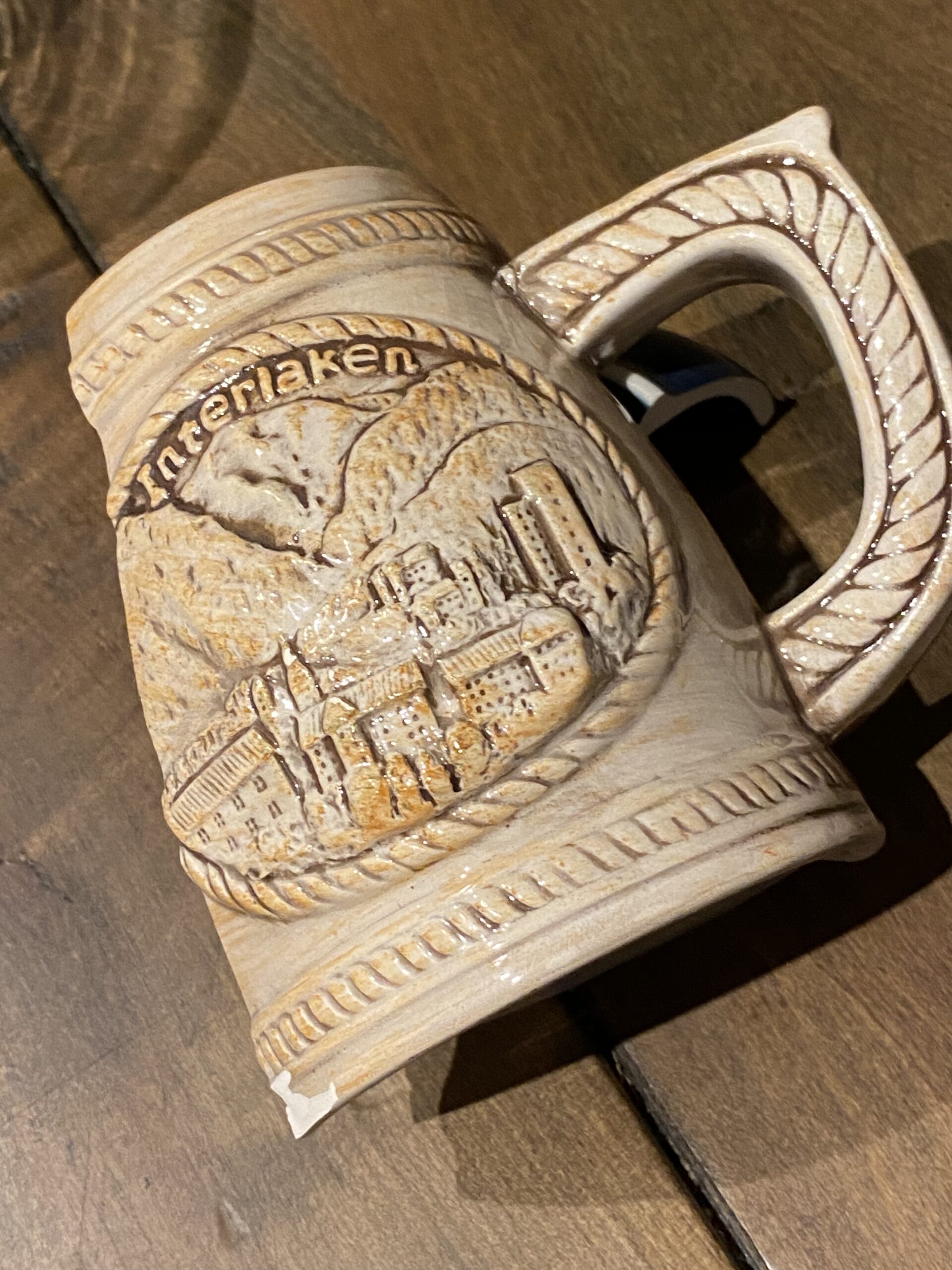
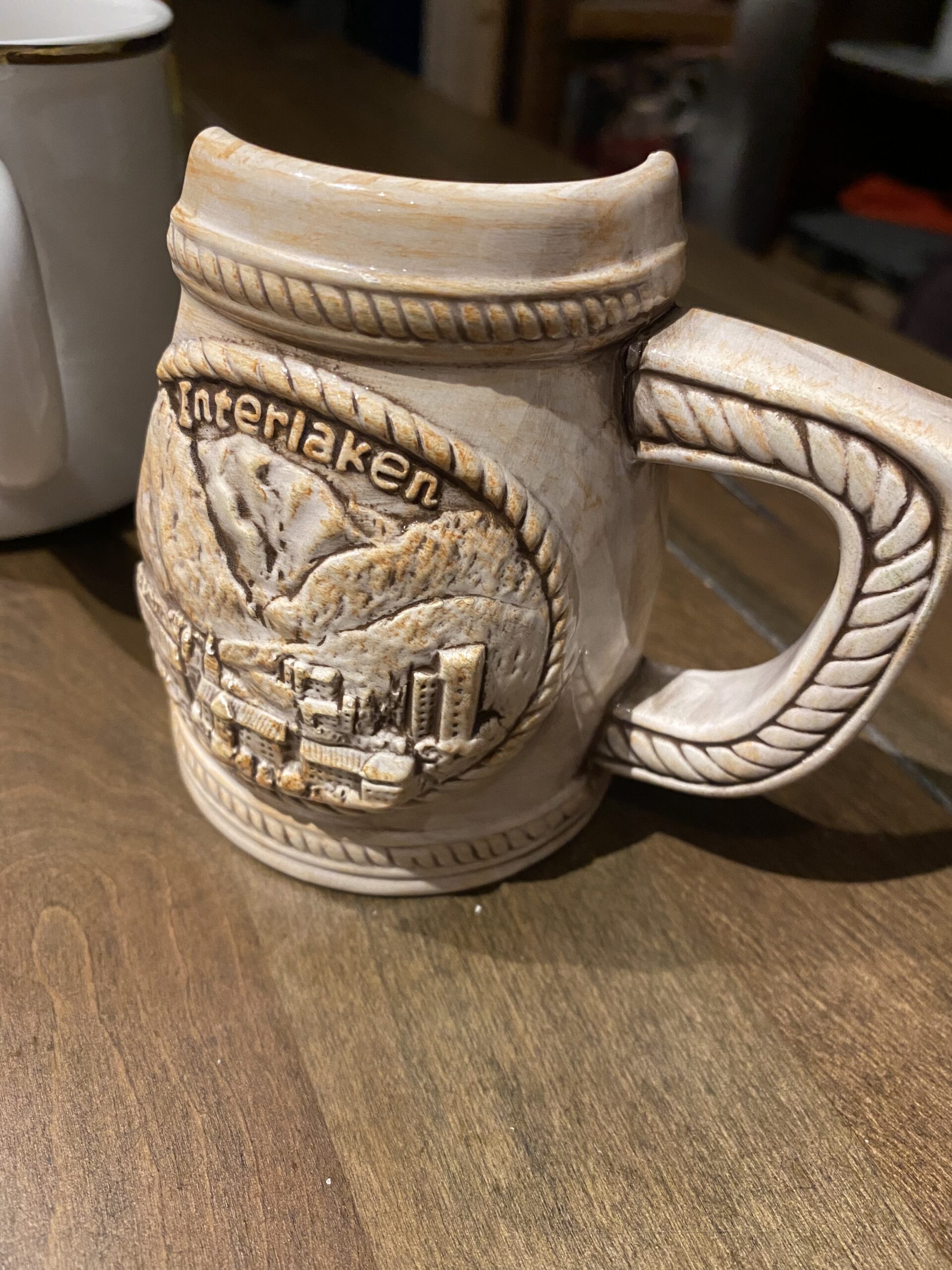
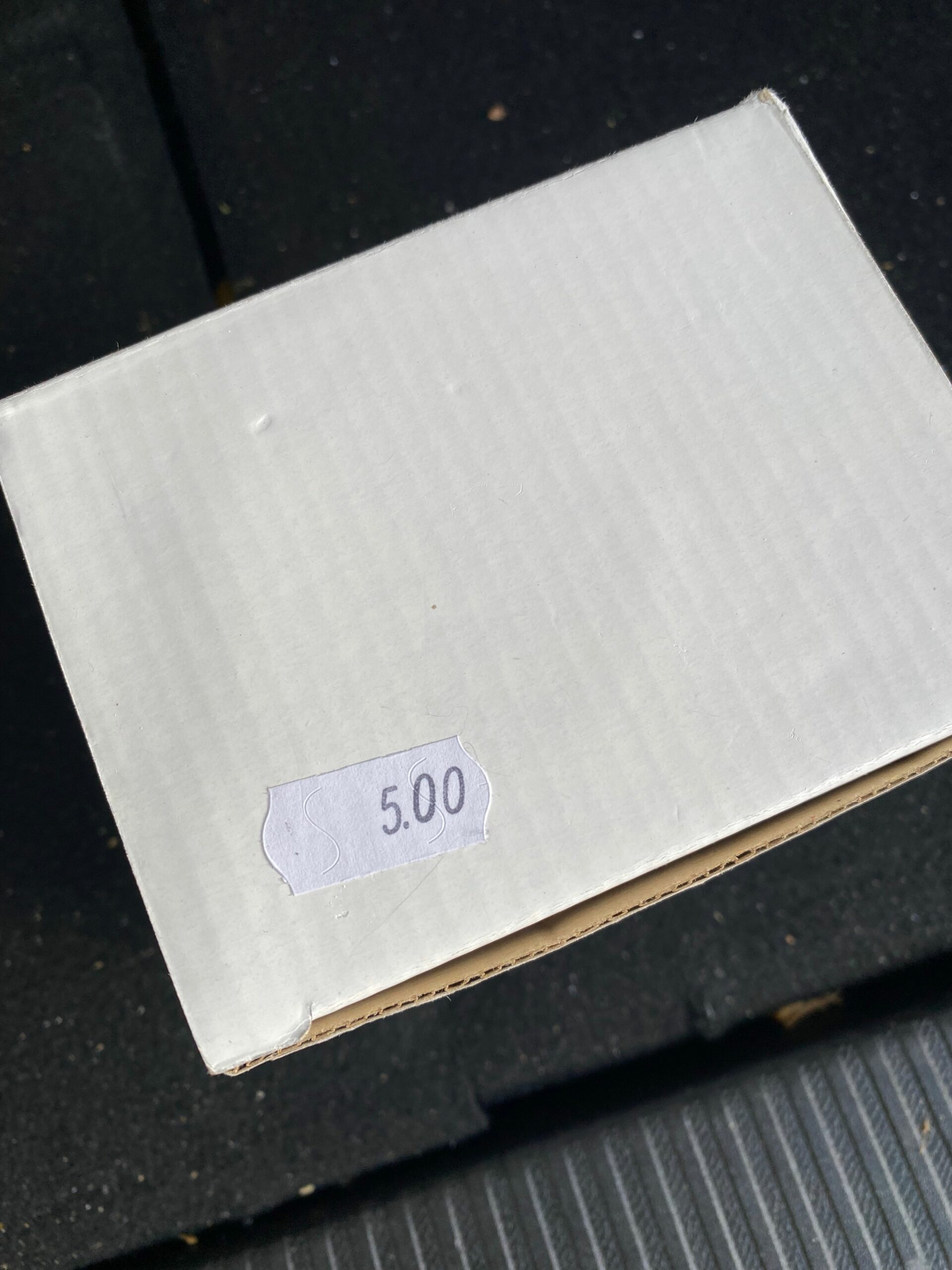

If a ceramic product releases more than trace amounts of lead, it is hamful. https://www.fda.gov/food/metals-and-your-food/questions-and-answers-lead-glazed-traditional-pottery